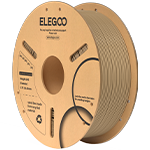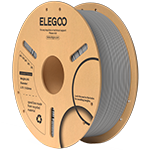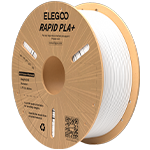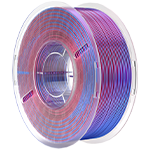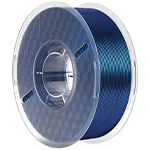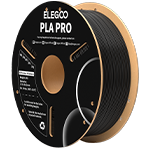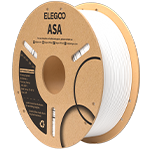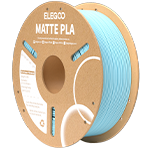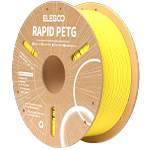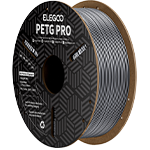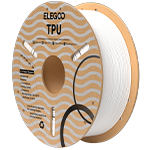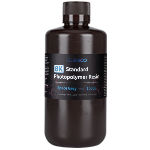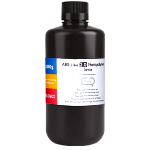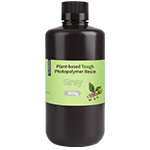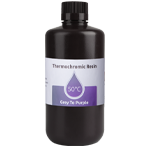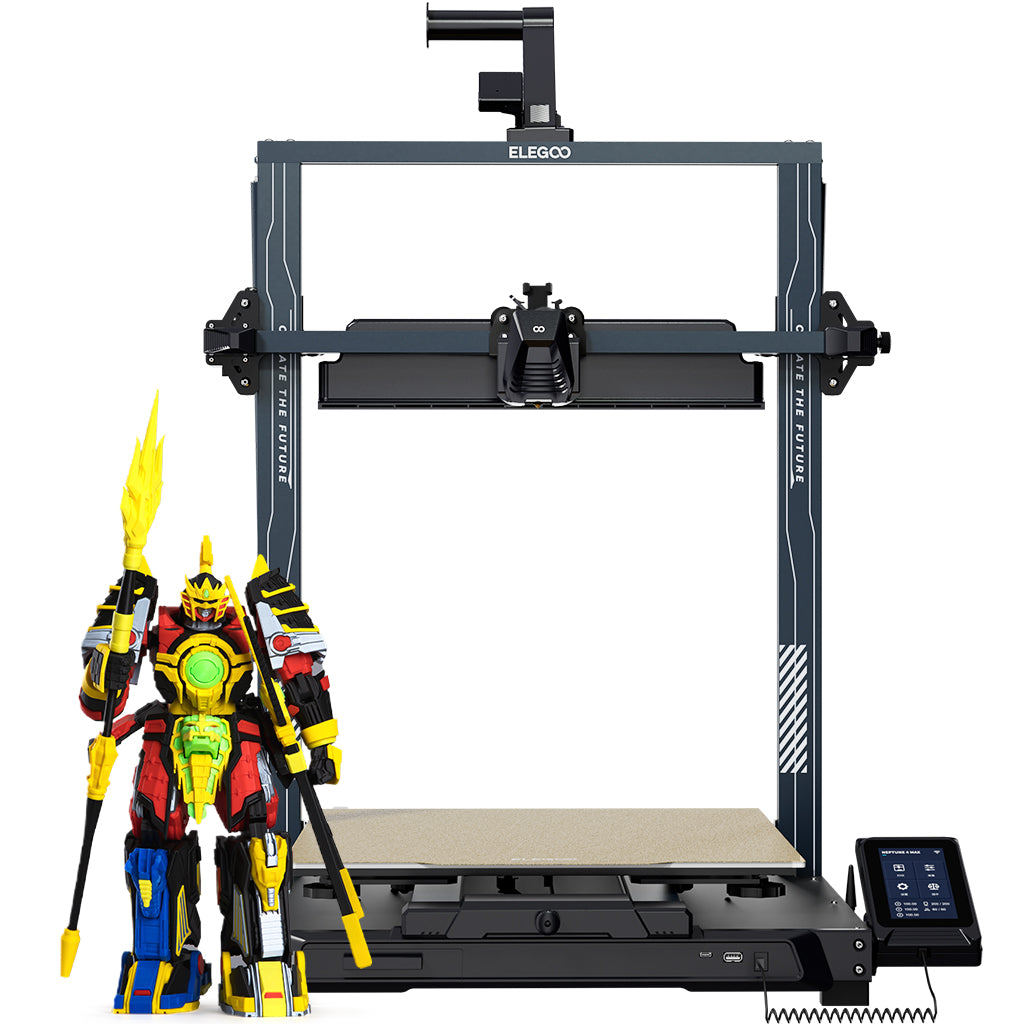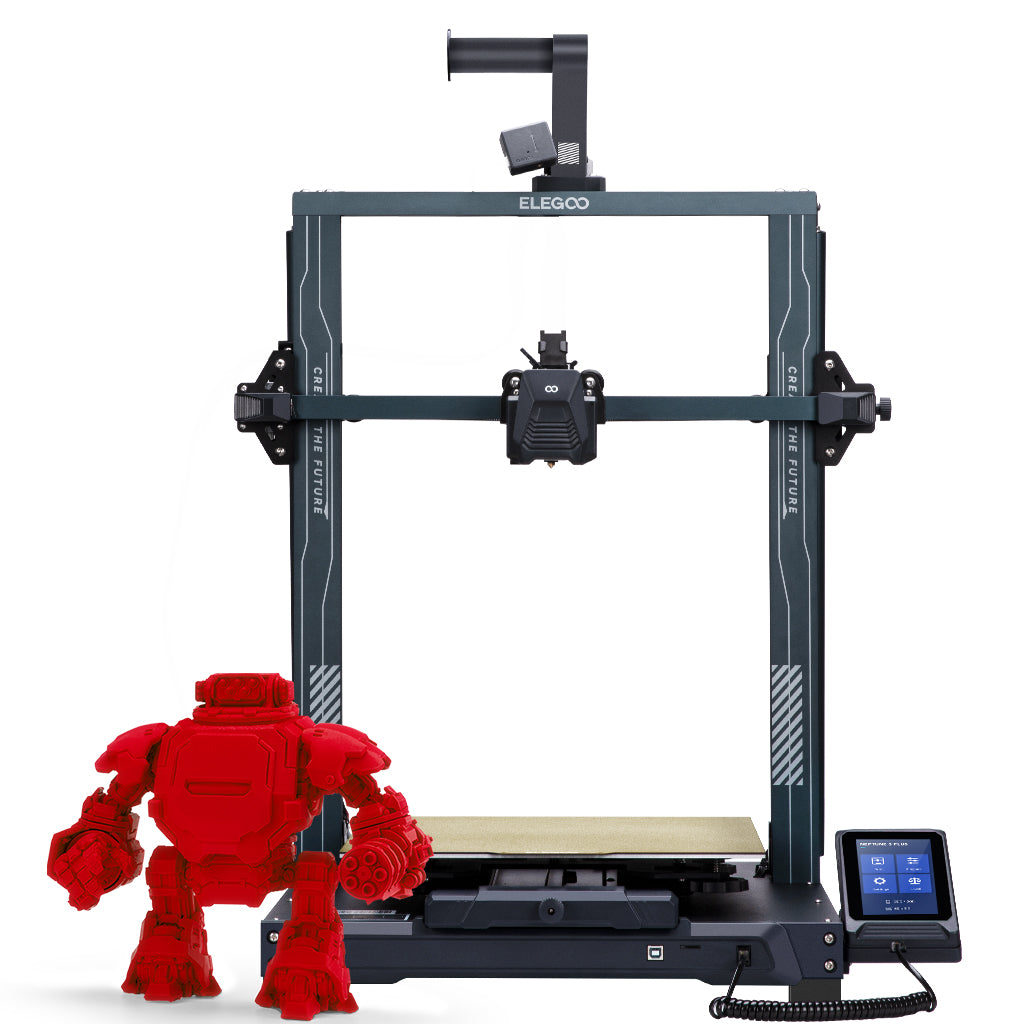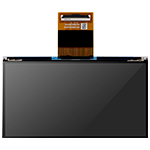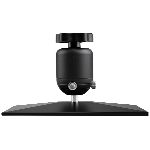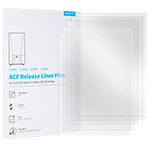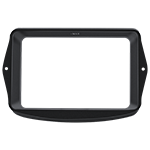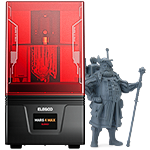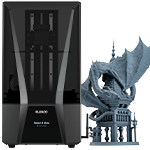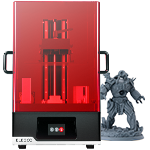Resin vs. FDM printers, which one is right for you?
Two of the most popular areas of today's desktop 3D printing market are fused deposition molding (FDM) printing and resin-based printing. While generalizations and assumptions can be (and have been) made about their differences (for example, FDM is cheaper and resin is better for detail), there are a few things to understand before you make up your mind and decide on one or the other. For example, the differences between the two, discussion of technology, materials, personal strengths, price range, etc.
FDM 3D printing is a specific 3D printing technology that falls into the broader additive manufacturing category of "material extrusion". As the name implies, any machine that falls into this category extrudes material in a specific pattern to produce a final shape, and FDM uses molten plastic (sometimes in combination with other materials) as its extrusion medium.
FDM works much like a hot glue gun: a solid wire is pushed into a hot nozzle, which melts it and allows it to flow and lay in flat layers. In the case of a printer, these movements within a layer are (in most cases) oriented exactly along the X and Y axes of the Cartesian coordinate system. The first layer is deposited on the print surface, quickly cooled and cured. Another layer is then added on top of the final layer, and the process is repeated, slowly building the 3D object layer by layer.
"Resin printing" is more of a generic term for 3D printing technology, which is a polymerization reaction in the context of additive manufacturing.
Most resin printers have a container, also called a vat, with a transparent, flexible substrate that is filled with a photosensitive resin that cures or solidifies when exposed to ultraviolet light. The build platform is then dipped into the vat and a light source below the clear bottom cures the resin according to a specific pattern, bonding the hardened first layer to the platform.
The build plate then moves upward, creating space for the next layer and allowing new resin to flow between the previous layer and the bottom of the vat. This new layer is then cured by the light source, and the process is repeated until a completed 3D object is created.
The difference between the different types of resin printers is how the light is created and applied to the resin. These technical differences mean that each of the following types of resin printing is its own technology. such as LCD, SLA, DLP.
The following chart integrates the differences between FDM and resin printers:

Now for the most important question: Which one is right for you?
Generally speaking, if you want a machine that can custom print everything, FDM is the right choice for you. These machines are perfect for printing a wide range of objects at reasonable quality, from large structural supports strong enough to withstand heavy loads to smaller, low-detail models and accessories.
However, when it comes to smaller models and impressive detail - prints that benefit from material transparency, strength or flexibility, or dabble in jewelry printing - resin printing may be the viable approach. While the learning curve may be a bit steep and the initial investment may be a bit high, it is still a hobbyist-friendly option.
It basically boils down to: what do you want to print and why?










































